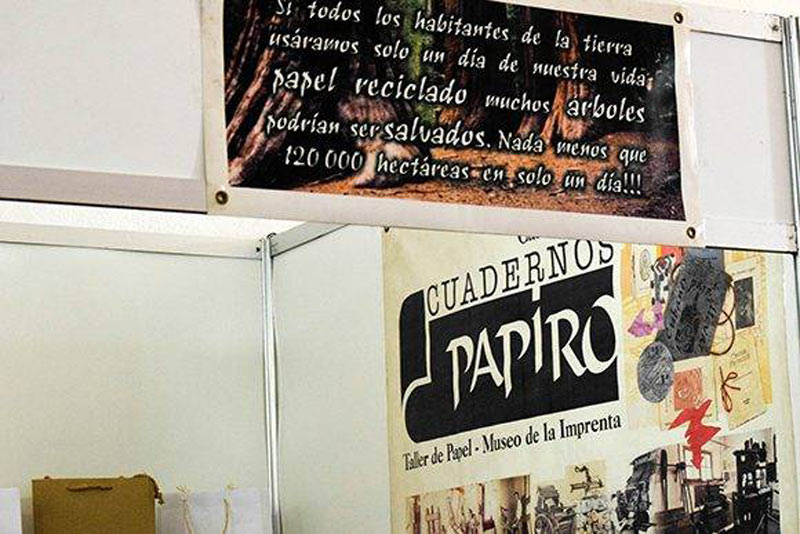Holguín: Cuadernos Papiro to publish new art-books
- Written by Claudia Patricia Domínguez
- Published in Holguin
- Hits: 743

The edition of the book “Antes del silencio " by poet Rafael Mosqueda from Baracoa and the reissue of the book " Holguín es una embrujada " are the two main projects of the publishing house Cuadernos Papiro in the city of Holguín.
Founded in 1994 as a manufactured paper workshop, the institution attached to the Cuban Fund for Cultural Assets began the search for the creation of books based on manual elaboration through the use of fibers of vegetable origin.
Manuel Arias, director of the publishing house, explained to the !ahora! digital newspaper that the collection of poems “Antes del silencio " is a tribute to the work of Rafael Mosqueda, who is considered the poet from Baracoa; while " Holguín es una embrujada " is a request from the provincial directorate of culture in Holguín to deliver as a souvenir of the eastern city to personalities, artists and intellectuals here.
He pointed out that " Holguín es una embrujada " is a compilation of poems by seven Holguín writers, including Lalita Curbelo, Lourdes González and Ronel González, who recall passages and distinctive characters of the city.
He added that the publishing house has among its projections for next year the creation of a new collection with works dedicated to the first villas founded in Cuba.
He specified that in this way the new collection would be added to the other two already existing ones " Cartas Amada ", which groups together the epistolary of the generals of the independence struggle to their wives, the correspondence between Manuela Sáenz and the liberator Simón Bolívar and the letters sent by the five heroes to their life companions; while " Cubanos para llevar " includes titles by important Cuban authors such as Nicolás Guillén, José Lezama Lima and Virgilio Piñera.
At the very beginning of the XXI century, art, literature and nature merged to start a project unprecedented in the country: the creation of art-books, which have as raw material various natural components including banana leaves, corn and flower petals.
Each page printed with 18th century typography becomes a challenge for the editorial group, who assure that the Papyrus books are texts written with four hands, since their pages are not only a reflection of the author's literary discourse, but also from the creative work of its editors.
Its editions include runs of up to 100 copies due to the complexity of manual work and the age of the printing machines belonging to the 19th and 20th centuries, which constitute a living museum, which has among its priorities the promotion of an ecological conscience in the community.
The production of more than 100 types of manufactured paper, the participation on multiple occasions in international fairs in countries such as Mexico, the Dominican Republic, Colombia, Panama, Spain and Canada, as well as the delivery of various national and international awards, reveal the quality and the efforts that workers form the editing house put into creating these art-books.
